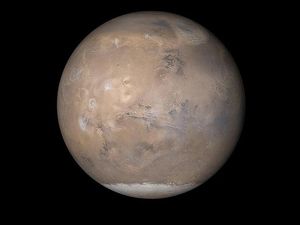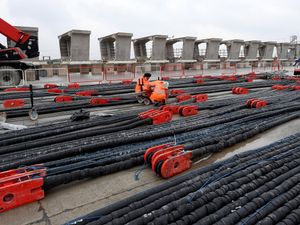Mysterious lava-like flows on Mars may be mud eruptions, scientists say
Mud flows exposed to the low atmospheric pressures and temperatures on Mars behave in a similar way to lava flows in Hawaii, study suggests.

The mysterious lava-like structures on the surface of Mars may have been caused by mud and not lava, according to a new study.
While these structures appear to look like pahoehoes – lava flows seen in Hawaii and Iceland – scientists believe they are actually a result of sedimentary volcanism, a geological phenomenon that causes mud to erupt from underground.
The findings, reported in the journal Nature Geoscience, have been described as “unexpected” and “very exciting” by lead author Dr Petr Broz, from the Institute of Geophysics of the Czech Academy of Sciences.
He said: “We have a tendency to expect that geological processes, like mud movement, would be operating elsewhere in the Solar System in a similar fashion as on Earth. This is based on our everyday experiences.





